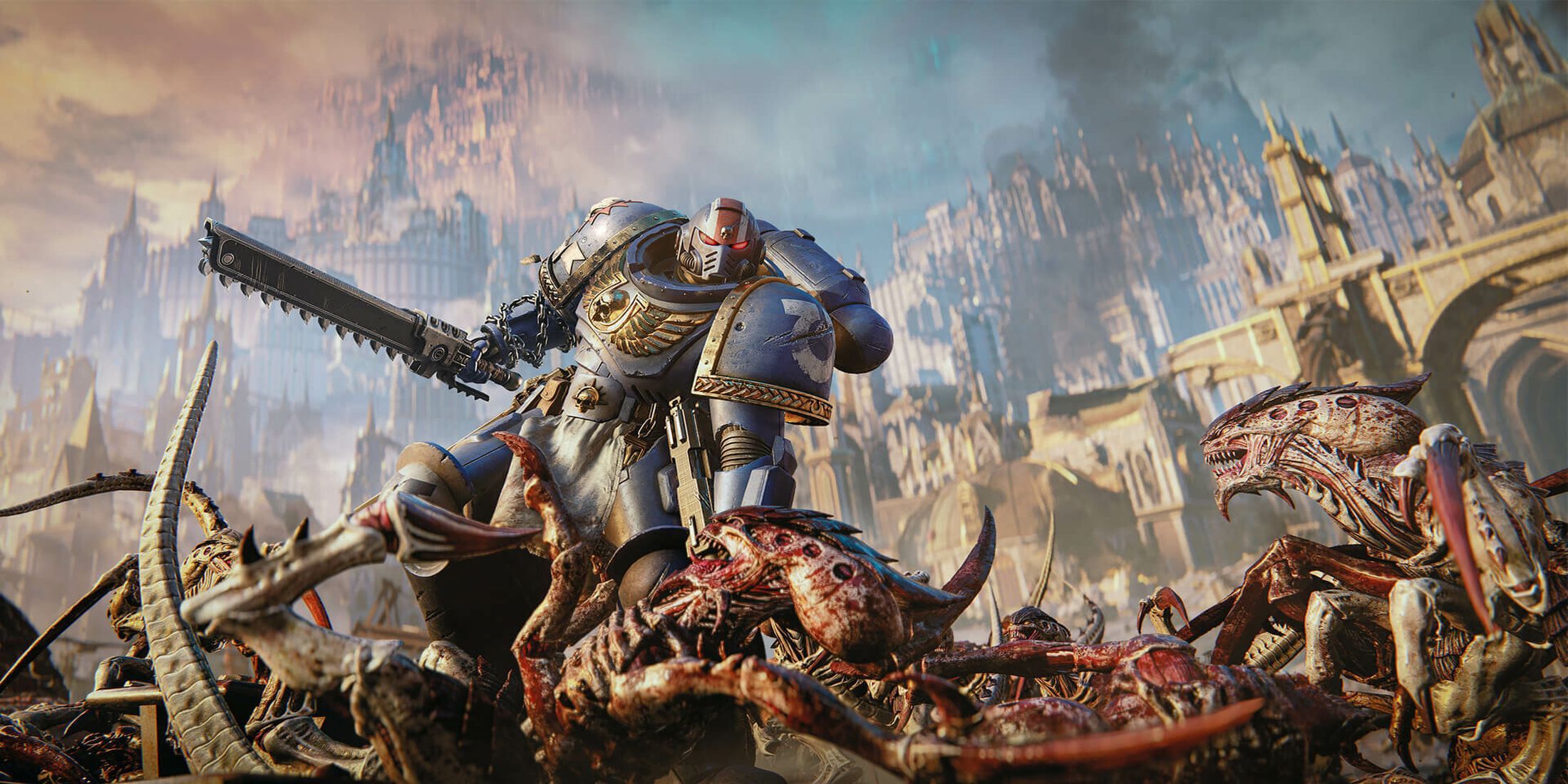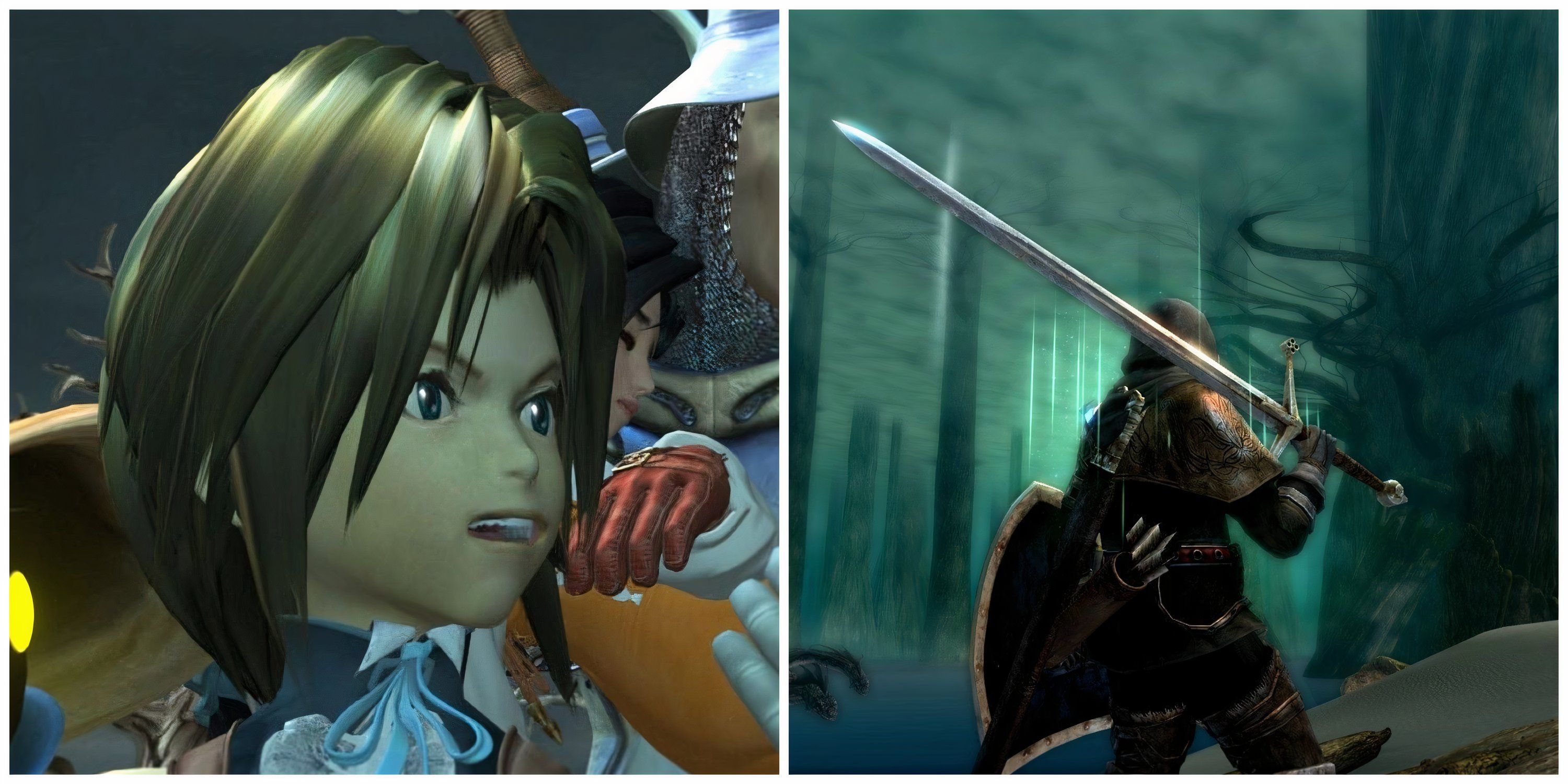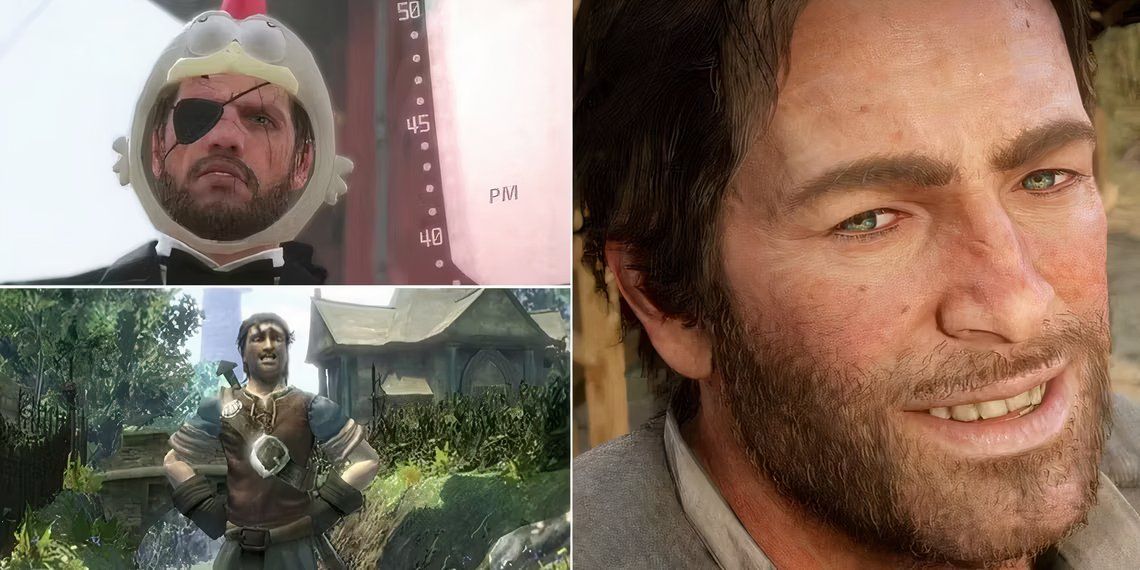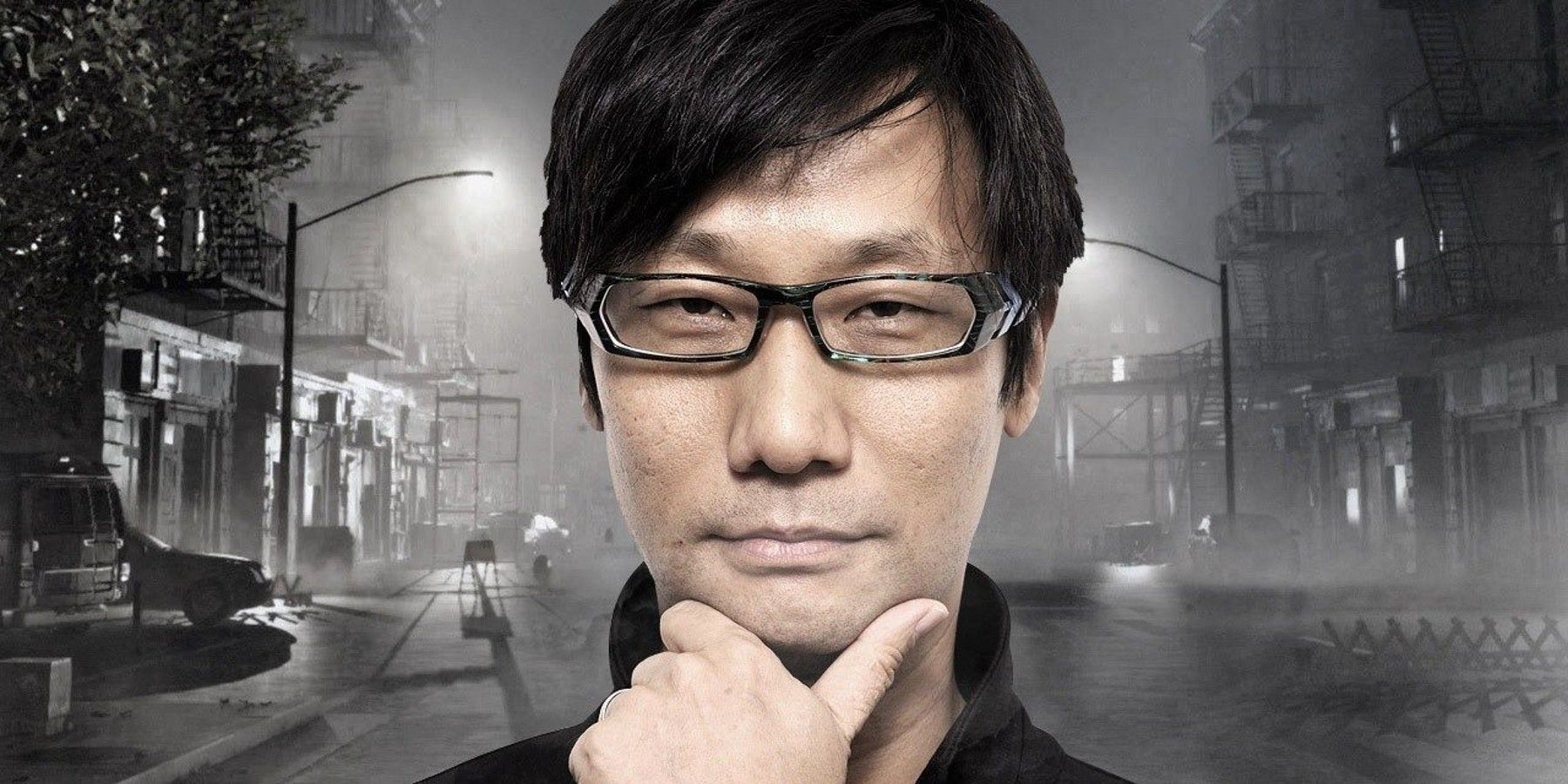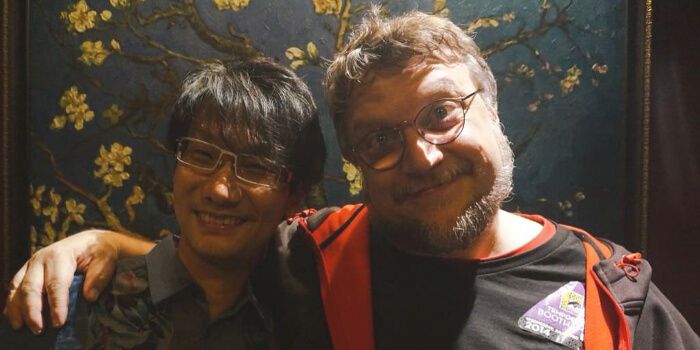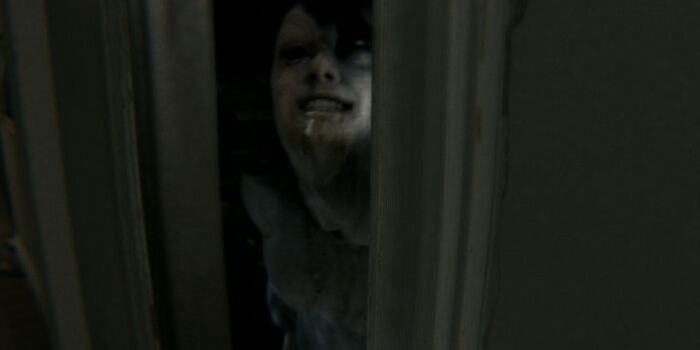Fans of Konami’s long-dormant survival horror franchise are still sore about the cancellation of Hideo Kojima’s Silent Hills project, which would have breathed new life into the series. The game promised much, involving the likes of Guillermo Del Toro and Norman Reedus, who of course went on to feature in Kojima’s Death Stranding.
However, the scrapping of Silent Hills might actually have been good news for the franchise. There are several reasons the proposed title might not have lived up to the hype, and its cancellation allows fans to fondly remember the excellent P.T. demo rather than a potentially disappointing full game.
How Kojima Became Involved with Silent Hill
Kojima was first asked by Konami’s president to direct a new Silent Hill game in 2012. That year was a very turbulent one for the franchise, as it featured the release of two titles that were poorly received by the fanbase, namely glitchy Silent Hill: Downpour and Silent Hill: Book of Memories, which was a dungeon crawler rather than a survival horror game. 2012 also saw the release of the critically eviscerated movie sequel, Silent Hill: Revelation. After these misfires, Kojima may have been considered the right man to steady the ship.
The legendary creator was busy at the time, heavily involved in developing his latest Metal Gear sequel, Metal Gear Solid V: The Phantom Pain. Despite this workload, Kojima accepted the challenge, stating in a later interview about Silent Hill that “I’d love to help it continue, and if I can help by supervising or lending the technology of the Fox Engine, then I’d love to participate in that respect”.
Within two years, an interactive teaser for Silent Hills was quietly released, utilizing Kojima’s trademark secretive and mischievous marketing techniques to masquerade as a game developed by a much smaller developer entitled 7780s Studio (a clever reference to a prefecture whose name literally translates as “Quiet Hills”). As fans began to rave about the quality of the ingenious P.T., and its link to the new Silent Hill project was revealed when a fan completed the fiendish final puzzle, the free teaser was soon downloaded over a million times. It seemed Konami had a sure-fire hit game on its hands.
Unfortunately, a very public dispute between Hideo Kojima and Konami resulted in the auteur and his team leaving the company to form their own studio. Although a collaboration between Kojima, Del Toro, and Reedus still took shape in the form of Death Stranding, Silent Hills became one of the most famous abandoned games of all time.
Why Silent Hills Might Not Have Lived Up to High Expectations
Despite the success and quality of the P.T. demo, a full Kojima-led Silent Hill release might not have been everything fans hoped for. One reason is that Kojima has admitted that he is not a horror gamer, even stating in an interview that “I'm kind of a scaredy-cat when it comes to horror movies, so I'm not confident I can do it.”
Although the Metal Gear games do contain some horror elements, they are definitely not horror games, and a Silent Hill release may be better suited to a more experienced horror director. Keiichiro Toyama, the director of the very first Silent Hill, is an example of someone with the right pedigree, and indeed is set to direct a new horror title announced at the Game Awards called Slitterhead.
Kojima is also renowned for his outlandish, exposition-laden plots. The director infamously utilizes lengthy cutscenes to explain key elements of the narrative or world, with some of the dialogue in these parts of the Metal Gear games being disparaged by reviewers for being clunky or over the top.
The Metal Gear Solid series’ stories have also been criticized by some fans for featuring ridiculous, unrealistic events. The games are known for their quirky marriage of hyper-realistic military weaponry and settings with fantastical characters and futuristic technology, as well as an oddball sense of humor. Although this has proven to be a popular style for the Metal Gear franchise, it might have created a tone that did not suit the disturbing, bleak feel of the classic Silent Hill games.
Death Stranding also calls into question whether Kojima would truly have been the best fit for Silent Hill. The game has undoubtedly been a critical and commercial success, and does contain some frightening sequences, but is largely an action game, featuring the same eccentric storytelling and exposition-heavy dialogue that Kojima is famous for.
In contrast, the best Silent Hill games, like Silent Hill 2, create an oppressive atmosphere by using sparse and ambiguous dialogue, and build dread by featuring lengthy sections with no action whatsoever. The game’s celebrated staircase sequence features a long, unsettling descent by the protagonist James Sunderland, lasting almost an entire minute, with absolutely zero incident. The segment serves purely to make the player feel completely disconnected from reality, as though they are descending into somewhere truly hellish… which, of course, they are.
Fans will continue to debate what Hideo Kojima’s Silent Hills might have been, and there are many reasons to believe the game would have been a great horror title. However, it might be for the best that the game lives on as an idea rather than a reality that failed to live up to the stratospheric hype.

